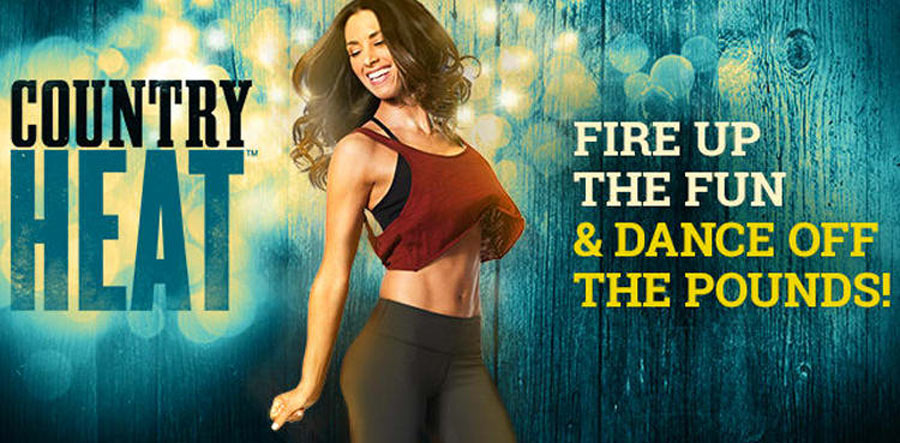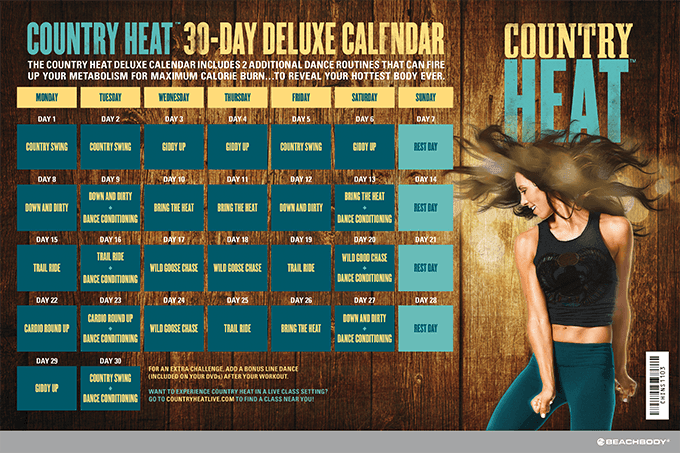


“You'd get your brown fat cooking and making heat, and might even start shivering, all of which burns calories.” “The best way to use the cold to burn more calories would be to not exercise while you're outdoors,” Pontzer added. That’s why you can go running in very cold temperatures wearing a light sweater and pants, but if you were just sitting around outside in the same cold climate, you’d need to bundle up in a heavy jacket and hat, or you’d start to shiver, to stay warm, Pontzer explained. And the exercise alone may give you enough heat that your body wouldn’t burn any extra calories through shivering and brown fat. But once you start exercising - running or cross-country skiing, for instance - outside, you’re going to start generating heat from the physical activity. Now here’s the rub: These processes only kick in to keep you warm when you’re truly cold.

“It’s below the radar of your conscious thought, but it’s there ticking away.” Exercise can produce a lot of heat on its own “You don’t even know its happening,” Herman Pontzer, an associate professor at Hunter College who studies energetics, told Vox in 2017 (when we first published this piece). The sports car stores fuel to burn it, and that’s the brown fat.” The process of breaking down these lipids to release heat, and warm you up is called “non-shivering thermogenesis.”īoth shivering and brown fat activity increase your energy expenditure, causing you to burn more calories in cold temperatures. “They both have fuel, or fat, but the oil tanker stores it for use later, and that’s the white fat. “The analogy might be a oil tanker that drives on the highway compared to a sports car,” explained Aaron Cypess, a metabolism and brown fat researcher at the National Institutes of Health. Unlike white fat, which stores heat to keep you warm, brown fat burns calories to generate heat. Or you may begin to activate “ brown fat,” the kind of fat tissue whose main function is heat production. One way is by shivering - where the muscles involuntary contract to generate warmth, and defend your body temperature (98.6 degrees Fahrenheit). Your body creates heat when it’s cold (usually below 32 degrees Fahrenheit but in a person wearing light clothes, it can start at temperatures as high as 70). The body does use more energy to stay warm when it’s cold outįirst, a word about a process called thermogenesis. Before we get to why, let’s look at the reason this idea seems so intuitive and appealing. But alas, exercising in the cold isn’t the fabulous calorie burner we may think it is. It is true that a cold body uses more energy to keep itself warm than a warm body. You can find it in magazines, newspapers, and maybe your email inbox - we once got a press release from the University at Albany titled, “Winter Exercise Burns More Calories, Especially for Women.” One idea that gets bandied about is that all you have to do is exercise outside in the cold.
#Country heat calorie burn how to#
But as we lay about, full from our heavy winter meals, we may also dream about how to quickly burn off those extra calories. As the temperature drops this time of year, the rich, comfort foods of winter seem just right.


 0 kommentar(er)
0 kommentar(er)
